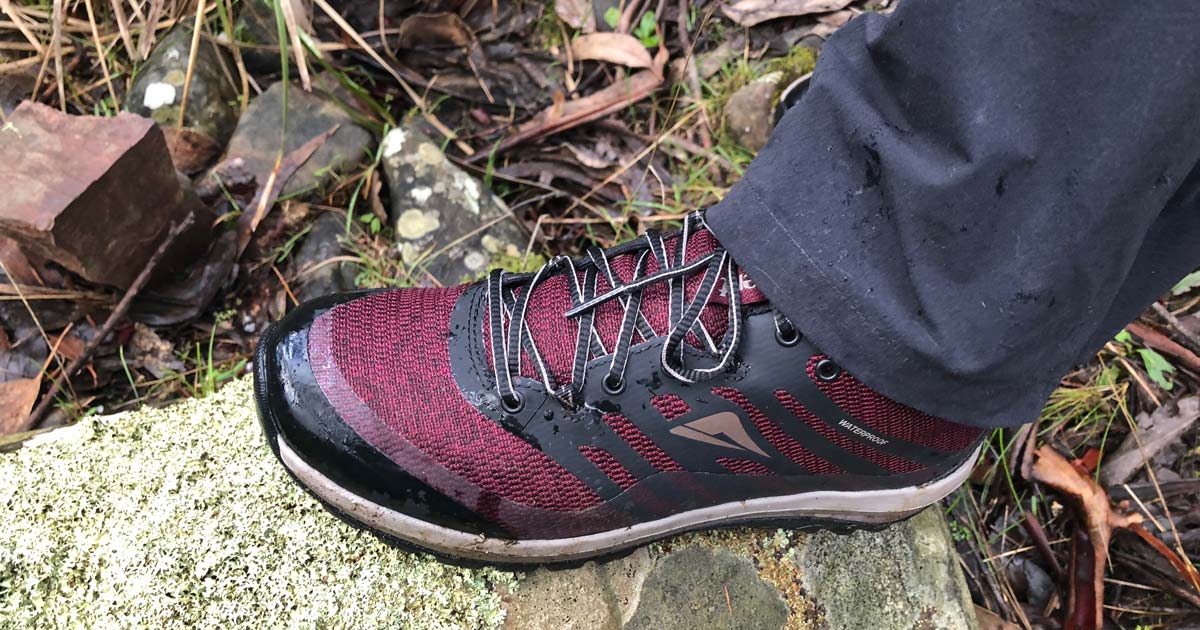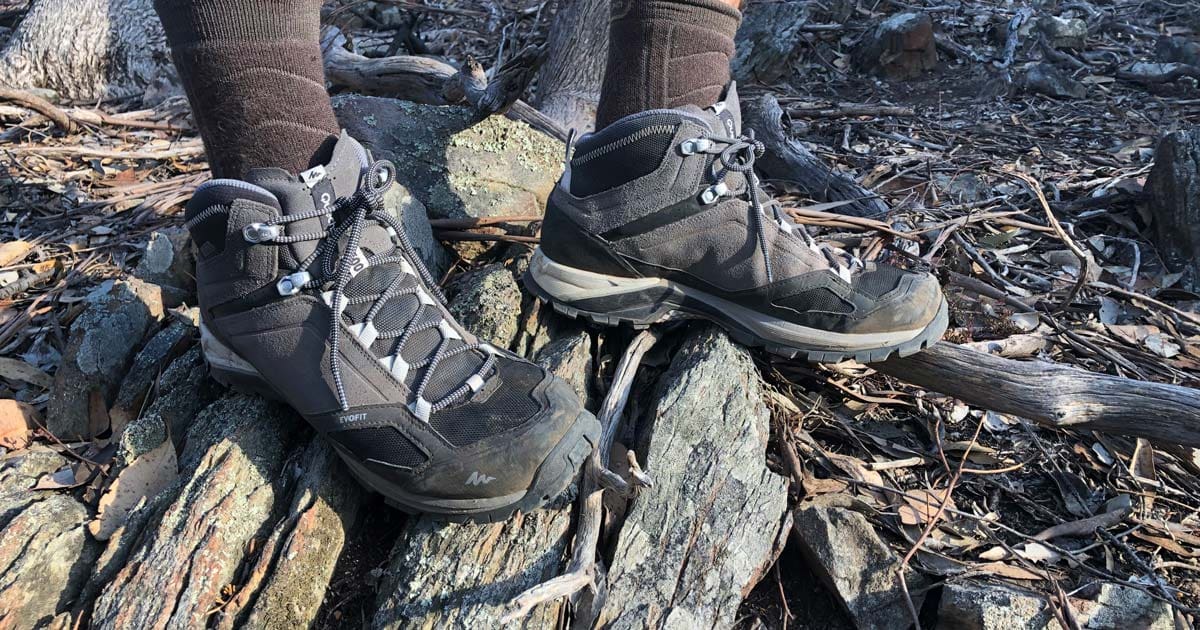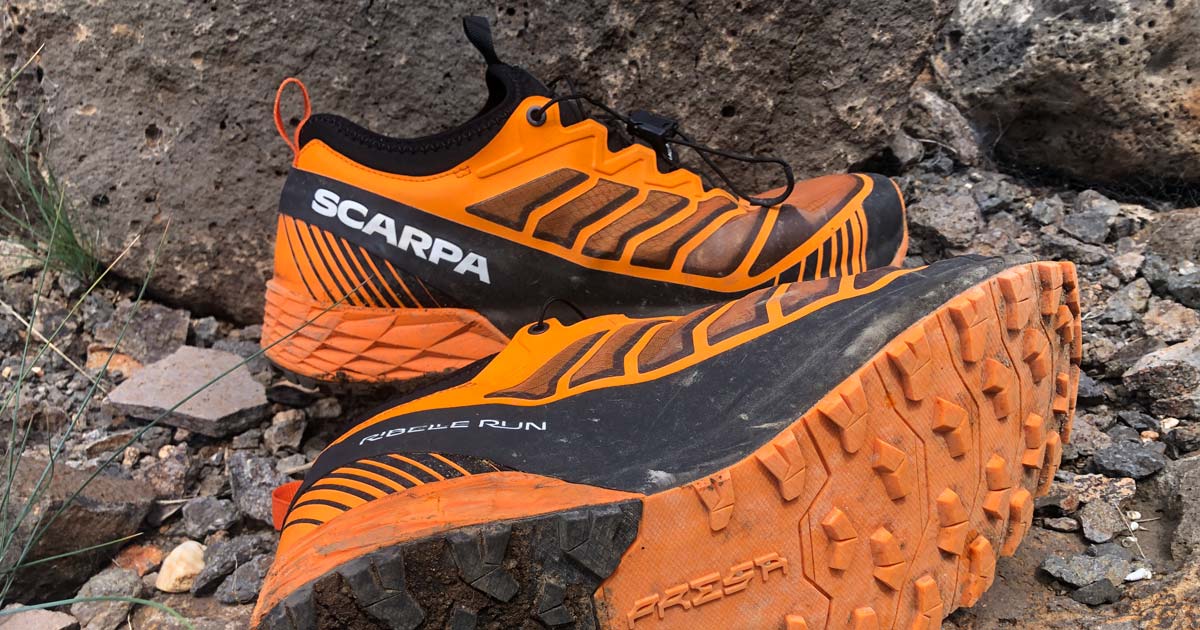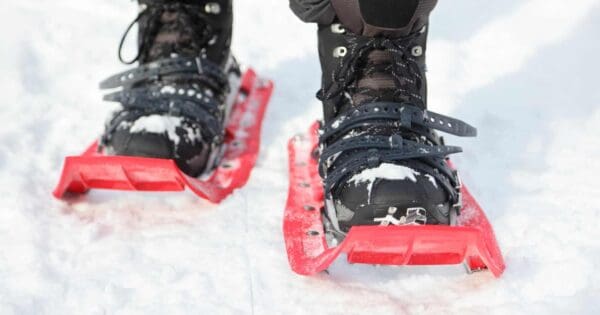One of the most important considerations when hiking is the footwear you wear. Hiking shoes and hiking boots are two common choices for hikers, but which one is better? You’ve likely faced the dilemma of choosing between hiking shoes and hiking boots for your adventures. Both options have their pros and cons, and the debate about which one is better continues on among hikers. Let’s delve into the advantages and disadvantages of hiking shoes and hiking boots, so you can make an informed decision for your next hiking adventure.
Hiking Shoes

Hiking shoes are lightweight and flexible compared to hiking boots, making them a popular choice for day hikes and light backpacking trips. They provide good traction and support, but without the bulk of hiking boots. Hiking shoes are also more breathable than boots, making them a good choice for warm weather hiking.
Here’s some advantages of hiking shoes
- Light and agile: Hiking shoes are lighter than hiking boots, making them ideal for hikers who prefer a more nimble and agile feel on the trails. They allow for quicker movements and faster footwork, which can be especially beneficial when navigating rocky or uneven terrain.
- Breathable and comfortable: Hiking shoes are designed with breathable materials that allow air to circulate, keeping your feet dry and comfortable, especially during hot summer hikes. They are often made with mesh uppers that provide excellent ventilation, reducing the chances of blisters and discomfort caused by sweaty feet.
- Quick drying: Most hiking shoes are made with quick-drying materials, such as synthetic fabrics, which can be a significant advantage when hiking in wet or muddy conditions. Your feet are less likely to stay wet for prolonged periods, reducing the risk of blisters and fungal infections.
- Versatile: Hiking shoes are versatile and can be used for a variety of outdoor activities beyond hiking, such as trail running, backpacking, or camping. They are also suitable for day hikes on well-maintained trails, where ankle support may not be as critical.
Here’s some of disadvantages
- Less ankle support than hiking boots
- Less protection from debris and rocks
- May not be suitable for harsh weather conditions
Hiking Boots

Hiking boots are the traditional choice for many hikers, known for their durability and support. They offer a higher cut profile, covering the ankles, and are typically made with sturdier materials. Hiking boots are designed for more challenging terrain and longer hikes. They provide more ankle support, making them a good choice for rough terrain and backpacking trips. Hiking boots also provide more protection from debris and rocks, which can be helpful on rocky trails.
Here are some advantages of hiking boots
- Support and stability: Hiking boots provide excellent ankle support and stability, which can be crucial when hiking on uneven or rocky terrain. They can help prevent ankle sprains and protect your feet from potential injuries caused by twisting or rolling.
- Durability: Hiking boots are often made with high-quality materials, such as full-grain leather or heavy-duty synthetic fabrics, making them more durable and long-lasting compared to hiking shoes. They are designed to withstand rugged conditions, including rough terrains, sharp rocks, and harsh weather.
- Protection: Hiking boots offer more protection for your feet, thanks to their higher cut profile and thicker materials. They can shield your feet from debris, thorns, and other hazards you may encounter on the trails, providing an extra layer of safety.
- Load-bearing: If you plan to carry a heavy backpack or hike with a load, hiking boots can provide better support for your feet and ankles. They distribute the weight more evenly and can help prevent fatigue and discomfort during long hikes with heavy gear.
Here’s some of disadvantages
- Heavier and less flexible than hiking shoes
- Can be hot and uncomfortable in warm weather
- May require a break-in period to avoid blisters
Which is better – hiking shoes or hiking boots?
So, which one is better, hiking shoes or hiking boots? The truth is, it depends on your individual needs and preferences. Both options have their strengths and weaknesses, and the right choice for you will depend on the type of hiking you do, the terrain you encounter, and your personal preferences.
If you are planning a short day hike on relatively easy terrain, hiking shoes may be a better choice. If you are planning a longer hike on rough terrain or carrying a heavy backpack, hiking boots may be the better choice. It is important to consider the weather conditions you will be hiking in as well. Hiking shoes may be more comfortable in warm weather, while hiking boots may provide better protection in cold, wet weather. Ultimately, the best way to determine which one is better for you is to try them both out and see which one feels more comfortable and supportive. Make sure to choose a pair that fits well and provides the support you need for your specific hiking needs.
Hiking shoes and hiking boots both have their advantages and disadvantages, and the choice between the two ultimately comes down to personal preference and specific hiking needs. Whether you choose hiking shoes or hiking boots, make sure to choose a pair that fits well and provides the support you need for your hiking adventures.
What about Trail Runners?

Trail runners are another type of footwear that is commonly used for hiking and outdoor activities. Trail runners are lightweight, low-profile shoes designed for running on trails, but they can also be used for hiking. Here’s a quick comparison between hiking shoes, hiking boots, and trail runners:
Hiking Shoes:
- Similar to trail runners, hiking shoes are lightweight and flexible, making them suitable for day hikes and light backpacking trips.
- Hiking shoes generally provide better traction and support compared to trail runners, with thicker outsoles and more durable materials.
- Hiking shoes have ankle support, but not as much as hiking boots, but more than trail runners.
- Hiking shoes are typically more breathable than hiking boots, which can make them more comfortable in warm weather.
Hiking Boots:
- Hiking boots are generally heavier and less flexible compared to hiking shoes and trail runners, but they provide more ankle support and are suitable for rough terrain and longer hikes.
- Hiking boots often have stiffer soles, thicker outsoles, and more rugged construction to provide better protection from rocks, debris, and harsh weather conditions.
- Hiking boots are recommended for backpacking trips or when carrying heavy loads, as they offer more stability and support for the feet and ankles.
Trail Runners:
- Trail runners are lightweight, low-profile shoes designed for running on trails, but they can also be used for hiking, especially on well-groomed trails.
- Trail runners are highly flexible and provide a natural feel for the terrain, which is beneficial for faster-paced activities like running or hiking on less challenging trails.
- Trail runners usually have thinner soles and less ankle support compared to hiking shoes and boots, which may not be suitable for rugged terrain or heavy loads.
- Trail runners are highly breathable and tend to dry quickly, which makes them a good choice for hot weather or water crossings.
Hiking shoes, hiking boots, and trail runners each have their unique features and advantages. Hiking shoes and trail runners are lightweight and flexible, suitable for day hikes and light backpacking, while hiking boots offer more ankle support and protection for rough terrain and heavy loads. Consider the specific terrain, weather, and hiking activity you will be engaging in to determine which type of footwear is the best fit for your needs. It’s also crucial to try on different options and find the right fit and comfort level for your feet to ensure an enjoyable and safe hiking experience.






Got me a pair of Topo Trailventures. Amazed at how light they are – they feel like trail runners with the support and durability of boots. Best of both worlds.
Steve Hall I’ll have to check them out.
Steve Hall yes yes, I just got them. Fanbloodytastic. 😊. Hideous colour unfortunately 😕
Ursula Thiessen I was lucky and got dark blue but there is a strange tendency to make shoes in hideous colour schemes.
Steve Hall
Media: https://www.facebook.com/photo.php?fbid=6735626463124958&set=p.6735626463124958&type=3
I have both trails runners and boots. Since swapping to top quality trail runners, I’d never go back. Currently using Altra Olympus 5s and they are to die for.
Andy John although I’m far from being a trail runner, I do find them excellent for day hikes. Light weight, breathe well and are super grippy in mud and on rocks. I do find the soles get worn down fairly quickly if I spend too much time rock scrambling.
Trail Hiking Australia 100% agree on the durability aspect. Good for multi day hikes though. Off soon on a 130km hike so will report back.
Andy John oh nice. That sounds like fun. Where are you heading?
Trail Hiking Australia cape to cape in WA. Best coastal hike in Oz.
A few guys I used to follow that constantly hiked appalachian trail, trail runners were they only thing they wore. I guess if you have weak ankles then boots for sure. If you hike constantly like 20k at a time then trail runners are just fine.
versus hiking sandals?
Barry Ward well there’s another option. I’ve got a mate who also swears by the barefoot shoes.
Trail runners – Altra Olympus, even on 7 day, 140km, hikes
Lot of good info there, thanks
I have all three, boots, shoes and trail runners. All are useful for different adventures.
Darren Edwards 💯 if it was up to me I’d be in trail runners all the time, but terrain, distance and weather do their best to change that 😂
Murky Murk I was the same, mostly because of how light weight and grippy they are, but my current pair of Scarpa trail runners have failed my dismally. The heel has collapsed and ended up giving me significant knee pain. So I’m back to boots and hiking shoes now as they seem to offer better support.
Darren Edwards Ouch. I hear you.
More often than not, I do find myself picking my Adidas Terrex low-cut hikers. Best of both worlds.
And when paired with ankle gaiters, even more versatile!
Murky Murk don’t know if it’s clear but you can see where the left heel collapsed
Media: https://www.facebook.com/photo.php?fbid=910510277150768&set=p.910510277150768&type=3
Trail Hiking Australia Yeah totally 🙈 They’re definitely done 🤔
Murky Murk good for mowing the lawns now, that’s about it. They were only 4-5 months old too.
Trail Hiking Australia Yikes! I thought they were at least a year old! 🙈
Murky Murk id worn them less than 10 times. Pretty poor form.
Trail Hiking Australia Yeah, that’s pretty bad. 🙈
Darren Edwards Same. I’ve been actively hiking for 45 years (since a kid), and have all 3, and use depends.
I will add though that the one time I had a fall that resulted in a significant closed spiral fracture of lower leg bone just above the ankle, both the helicopter rescue folks and surgeon who made sure everything was in order, said that the boots in all likelihood probably prevented it from being a compound fracture. The surgeon said he’d never before seen such a significant spiral fracture without it being a compound variety.
Philip Oude-Vrielink oh that sounds painful.
Trail shoes all the way.
I’m clumsy- boots for me
Why not both?
Connor Holmes no reason at all. I actually have boots, shoes and trail runners for different adventures.
When deciding what shoes to wear, you should be aware that a little discomfort may save you from significant pain – the most common reason for a helicopter rescue is an injured ankle, so wearing boots is worth it if there is any sort of uneven terrain involved. If you use walking poles that presumably reduces the risk of an accident, but does it affect any of the considerations mentioned here?
Mountains Mishaps
There’s no substantial evidence to suggest that high topped boots have any positive effect on the likelihood of an ankle injury – the current view leads more towards the use of trail runners as encouraging strength within the ankle in the first place.
Matthew White the great debate continues! My experience is that, when my foot got jammed into a hole, I was really glad that I was wearing boots and not any other kind of shoe. My foot didn’t twist and I was able to get the boot out without any injury. I’m not a podiatrist or physiotherapist, it’s what military and emergency service professionals do, and it worked for me. However, perhaps new technology has changed the situation. I appreciate that this is not a “one size fits all” situation.